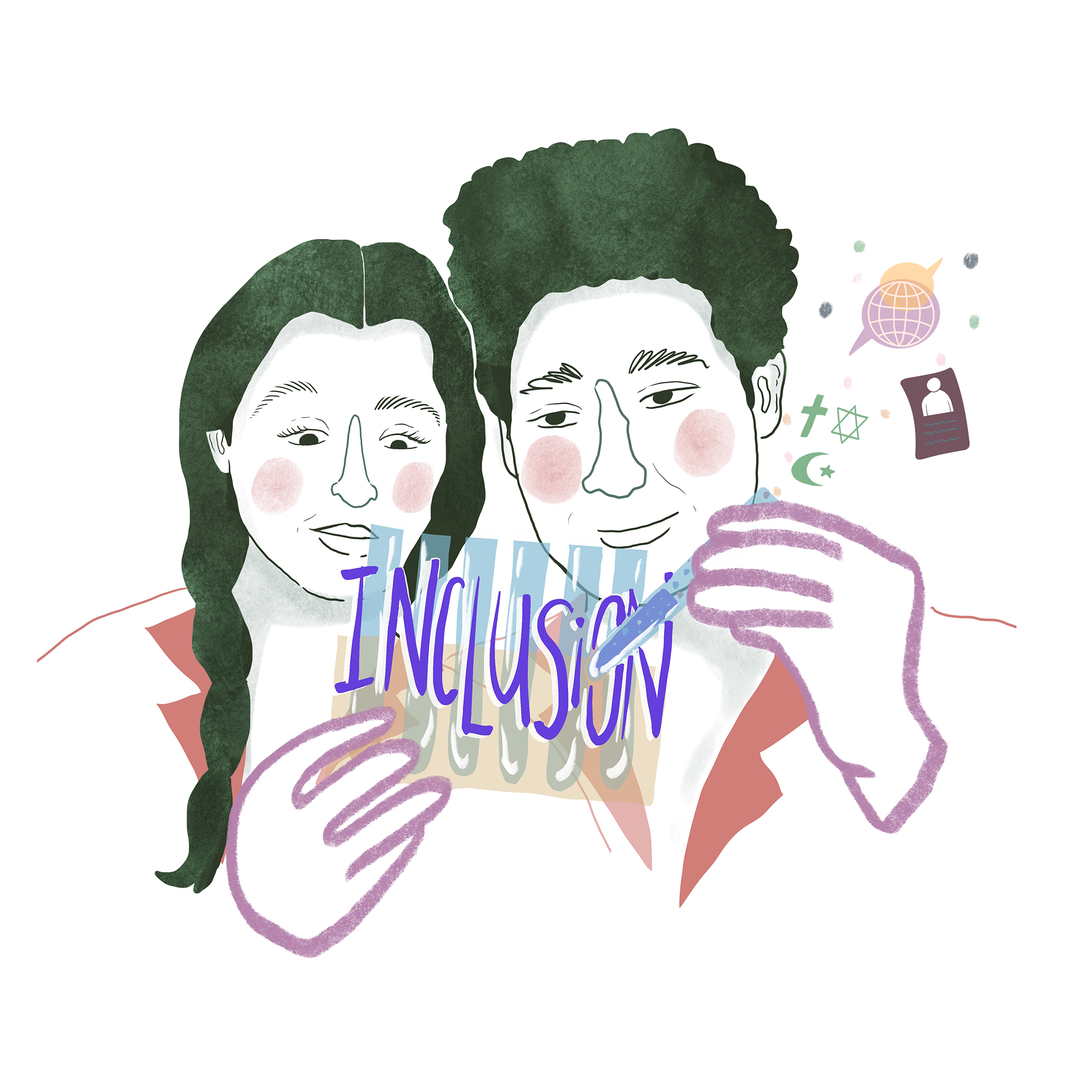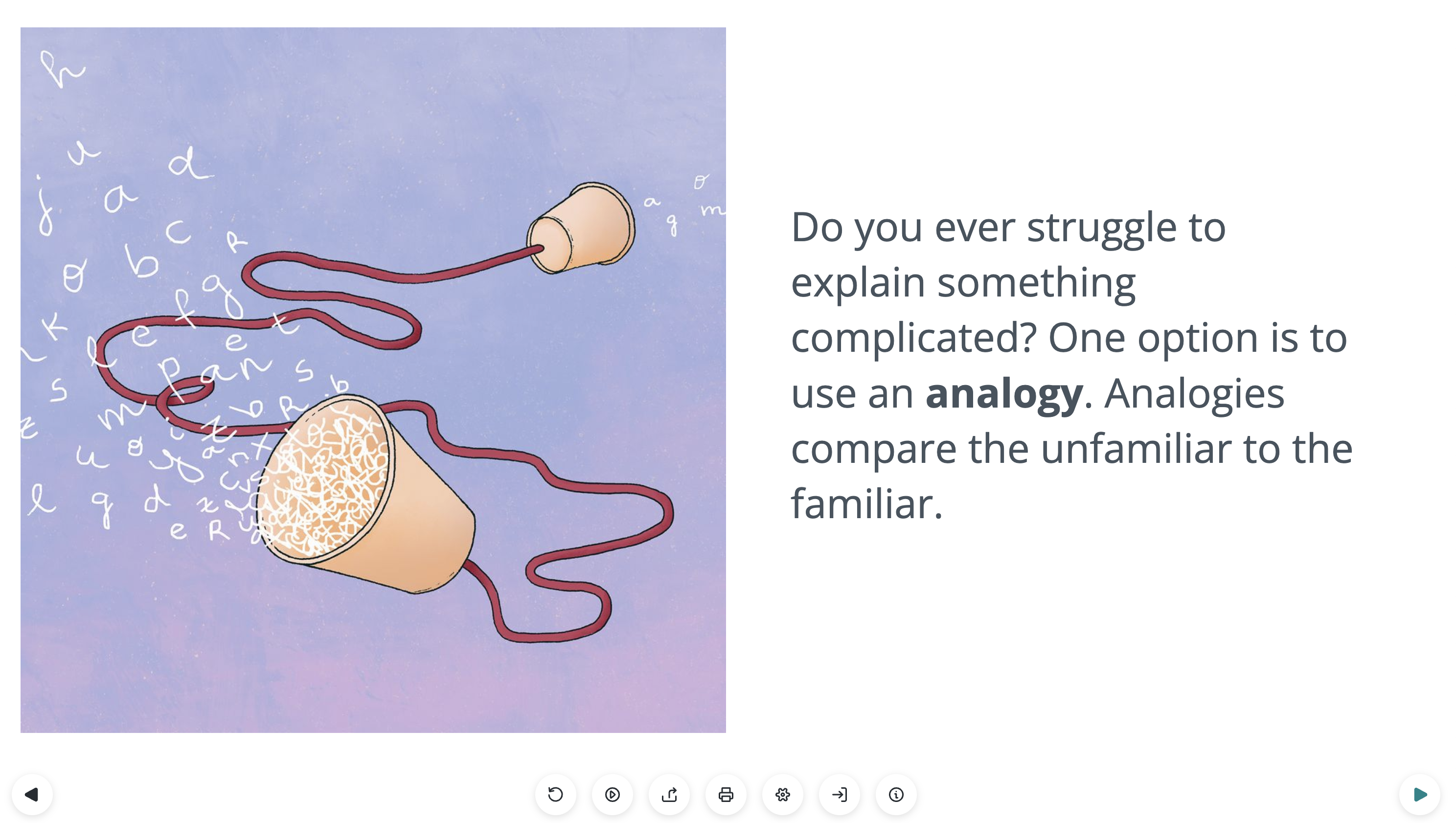
We’ve made it, people! April Fools Day has passed. April Fools Day is essentially a day devoted to everything that many of us who consider ourselves science communicators are working to combat every day: misinformation. Were you tricked yesterday into believing anything that sounded a little bit too good to be true? I saw everything from fake announcements about TV show reboots to beef jerky-scented cologne.
Those things seem rather harmless, but what if the jokes are about things more serious. What if an article touts a new scientific study that ends up being very fake. That’s exactly what happened to this journalist who read an article about a new scientific discovery in the eighth grade, believed it, and even gave an entire presentation about it. He spent a long time thinking this inconceivable discovery was real to only be embarrassed the following year when he told his new science teacher about this amazing revelation. His teacher laughed. His classmates laughed. How could he possibly fall for an April Fools joke like that?!
Again, this may seem rather harmless. What’s the big deal if someone believes in a new scientific discovery that turns out to be fake? Well, what if that journalist had chosen to never believe in science again after having such an embarrassing experience? What if he felt snubbed or betrayed by science? These feelings can easily turn into distrust in science.
Fewer than 20 percent of Americans believe that scientists are honest about conflicts of interest most of the time. Fewer Americans believe that scientists admit and take responsibility for their mistakes.
We at Lifeology spent a lot of time in March talking about trust in science. We had a panel at SXSW about the health trust gap and we released a course about building trust in science and health. People can have distrust in science for a lot of reasons, but one of them is misinformation.
The good news is that the public’s trust in science is on the rise. However, as more and more people are exposed to science in places such as social media, we are having to combat misinformation in more places than ever before. Twitter is a prime example of a place where misinformation has persisted.
A study found that false news spreads more rapidly on Twitter than real news. If you’re thinking that it is because of the retweet button, you are right! The researchers found that users were retweeting inaccurate news items at an alarming rate. About 126,000 rumors were spread by approximately 3 million people between the years 2006 and 2017. Maybe this wouldn’t matter if the truth was still reaching more people, but that was not the case. The false news was likely to reach between 1000 and 100,000 people, but the truth rarely reached more than 1,000 people.
Days like April Fools Day may seem harmless, but misinformation has the potential to do a lot more harm than good on days beyond April 1st. In case there is any lingering misconceptions leftover from yesterday (and I am sure there are), I have provided a quick list of some things you can do when you are trying to combat misinformation in your communication. Misinformation in science and fighting it in science communication are well-researched areas, and I could never provide you with all of that information in a single blog post. I hope this list can get you started.
Basic tips for combating misinformation in science:
1. Double-check your own facts.
You can’t fight misinformation if you’re contributing to it.
2. Think about your audience.
What are their experiences and beliefs? What are they going to care about the most? Don’t let the science or even the researchers behind the science lead your narrative; the audience should be the ones who define the message. This means you will have to research your audience.
3. Use storytelling to make the facts more interesting and inviting.
“We believe that storytelling really has a unique ability to communicate science because it lets us in on the process of science. It lets us go on the journey with the storyteller through the process of science and see the human experience.” -Erin Barker, Artistic Director of The Story Collider
4. Use visuals to help make your point.
Oftentimes, visuals can elicit emotions in people that words cannot.
5. Communicate clearly and compassionately.
Communicate without using jargon or language that ostracizes the people you may be trying to communicate to.
6. Avoid overstating or sensationalizing science.
This could end up undermining your message. People can believe in misinformation but still believe in the validity of science. Therefore, you can’t just say, “You’re wrong because it’s science!!”
7. Be transparent about the uncertainties in science
The people behind science are just that–people. People make mistakes. The scientific process can be complicated. Presenting the uncertainty of science may help alleviate any possible feelings of betrayal a person may have when science inevitably evolves.
8. Dialogue not monologue
People want to be a part of the conversation, decision-making, and ultimately, the solution because they want to feel heard. Listen to their concerns. Understand their concerns. Only then can you begin to combat the misinformation they may have subscribed to.




